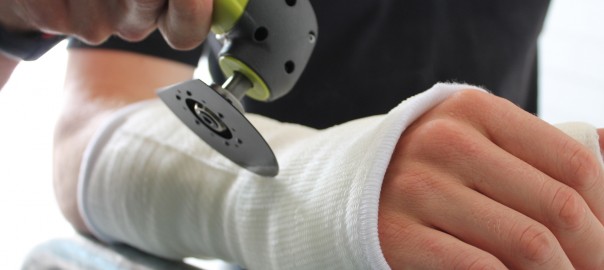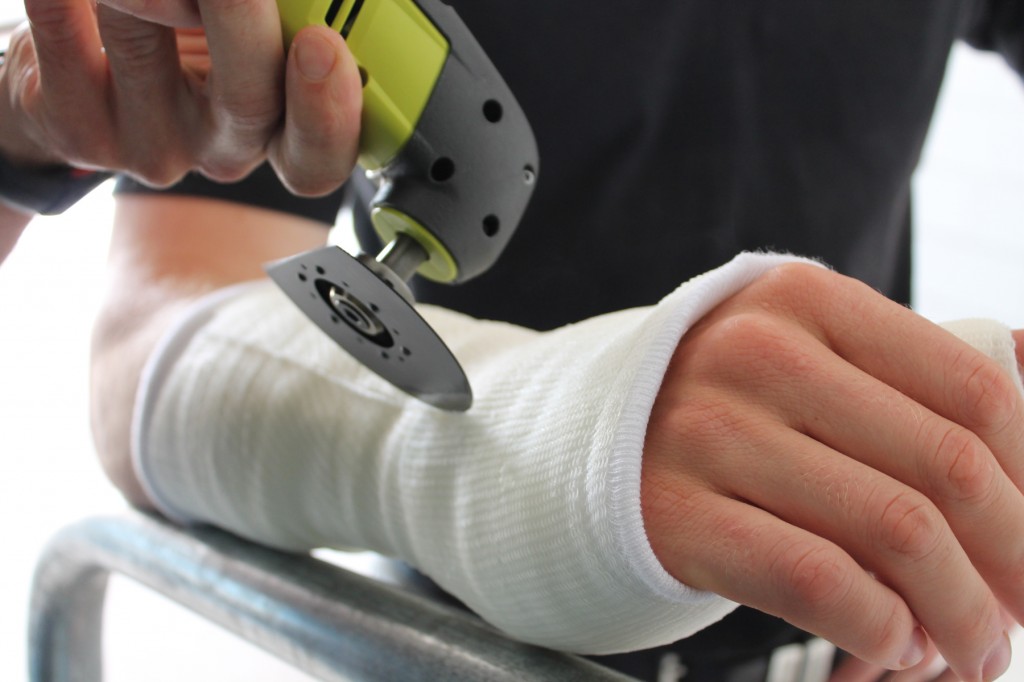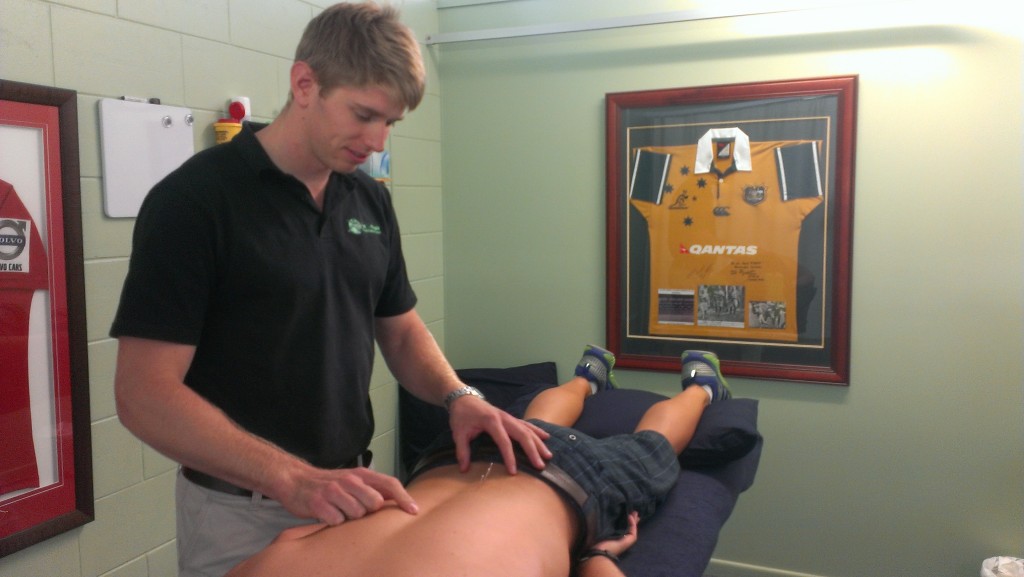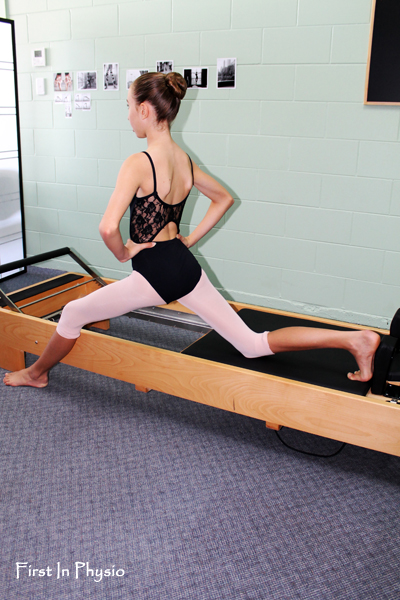Often parents are unsure when to seek the opinion of a Physiotherapist in dealing with their active kids. Now more than ever, kids and adolescents are getting involved in organised sports, with a multitude of social and health benefits to be gained from their participation. It is not unusual to see kids that are actively competing in several different sports every week, often with once- or twice-daily training sessions and multiple weekend games or competitions. Combine this activity with the demands of growing on a young body and you find the balance is a delicate one: get it right, and the child thrives; push too hard, and it doesn’t take long before niggles and burnout can arise.
Research tells us that sport is the main cause of injury in adolescents (Brukner, 2008). The number of under-15’s seeking medical attention for sporting injuries increased by 60% between 2004 and 2010. This can be attributed to an increase in kids’ participation in organised sports, improved diligence by parents in seeking medical care for their children’s sporting injuries, and higher levels of competitiveness (or skill) in children of younger ages.
INJURY MANAGEMENT:
We often get asked when is an appropriate time to see a Physiotherapist with respect to a child’s injury or pain. Growing children who are active will often get transient aches and pains that are normal – when these last only a few days and are mild in nature, ie do not stop the child from participating in any activities, then these can be managed without significant interventions. Often rest or a few days off sport will help in these cases. If, however, a child has any of the following, you should seek out a Physiotherapist for diagnosis and treatment:
- Pain that lasts longer than a few days;
- Pain that is increasing or sharp in nature;
- Pain that gets worse with activity – ie it does not “warm up”;
- Pain that is stopping them from participating;
- If they are limping/modifying their activity;
- Pain that is affecting their sleep;
- Pain that is mild but recurrent in nature;
- Redness or swelling around the painful area.
A Physiotherapist will be able to diagnose the injury, develop a treatment plan, and work on prevention strategies so that the injury is less likely to reoccur. If scans are required to assist diagnosis, these can be ordered through the Physiotherapist. The earlier treatment is sought, the easier the injury will be to treat and as a general rule, the less treatment sessions that will be required. Don’t feel like your child needs to be in severe pain or unable to participate before you book an appointment – a good Physio will be able to find their diagnosis no matter how “mild” you may think their symptoms are. Keeping a child active and involved in their sports is always a priority and this is much more likely to happen if the injury is seen to at an earlier stage of its progression.
The wonderful thing about children and adolescents is that their bodies have a marvellous capacity to repair and respond to increased training loads (otherwise known as: “kids bounce”). Generally, we can use the same principle in treating injuries that arise: in the majority of cases, kids can continue participating in their chosen sport(s), albeit with a few modifications to unload the injured area and allow it to heal. They are a beautiful example of what we also see in adult athletes: that when we are able to keep the body active through injury, in a safe and supervised way, the body heals faster and is able to bounce back stronger than it was before the injury. Our bodies like to move, and they respond favourably to the increased circulation, muscle mass, and the hormonal response that comes with exercise.
INJURY PREVENTION:
Physios also play an important role in injury screening and prevention. This has been the case for a long time in sports such as ballet and swimming, where the unique demands of the sport (eg extra flexibility through the shoulders in swimmers, or characteristics of the feet in dancers) mean that the injury risk is higher if the child is not well-prepared and well-suited to the sport (Gamboa, 2008). Typically with these sports we do a Musculoskeletal Screening on young athletes at the start of every year, to flag any strength, growth or flexibility issues and to develop an exercise program to reduce the risk of injury. This process usually requires a one-off musculoskeletal assessment, followed by 1-2 sessions to supervise the implemented intervention and reassess any high-risk measures. Such programs have been shown to be effective in reducing injury risk (Eils, 2010), and as an added bonus these kids tend to see an improvement in technique and efficiency due to their improved preparedness. Of course, not all injuries can be avoided; traumatic injuries such as those typically seen in contact sports are difficult to prevent, while overuse or growth-related injuries tend to be decreased with the use of screening programs (Emery, 2003). Good candidates for musculoskeletal screening include:
- Dancers, especially those about to go en pointe;
- Children and adolescents swimming more than 3 x week;
- Children who are going through an aggressive growth spurt, or who are likely to be particularly tall;
- Children with a family history of growth- or overuse-injuries eg older siblings or parents had ongoing knee and ankle pain during growth spurts;
- Children and Adolescents involved in more than 6 hours of organised sport/training per week;
- Children and adolescents with a history of recurrent injuries or niggles.
WHEN NOT TO SEE A PHYSIO:
The following conditions require urgent medical attention and should be assessed by a doctor (usually at a hospital or via ambulance) immediately:
- Concussion or head trauma;
- Suspected acute fractures – eg the child has sustained a trauma and is unable to bear weight or move the affected limb;
- Pains that also involve rashes, fevers, headaches and other systemic symptoms;
- Traumatic joint injuries eg shoulder and knee dislocations (these will require Physio, however need to be assessed in the acute phase to clear fractures and to get an assessment from an orthopaedic specialist);
- Pain that is causing vomiting or nausea.
The key point to remember is that early treatment results in less time away from sport, and generally less treatment. Physiotherapists work very closely with other allied health professionals as well as doctors and specialists, ensuring that any patient that requires referral on will be obtaining the best possible care and follow-up.
For more information and advice, contact your local Physiotherapist.
Happy Training!
REFERENCES
- Brukner, P., Kahn, K. Clinical Sports Medicine. Revised Second Edition. (2008). McGraw-Hill Australia Pty Ltd.
- Eils, E., Schroder, R., Schroder, M., Gerss, J., Rosenbaum, D. Multistation proprioceptive exercise program prevents ankle injuries in basketball. Med Sci Sports Exerc 2010; 42:2098-2105
- Emery, C.A. Risk Factors for injury in child and adolescent sport: A systematic review of the literature. Clin J Sports Med 2003; 13:256-268
- FIFA 11+ Webpage: http://f-marc.com/11plus/home/
- Gamboa, J., Roberts, L., Maring, J., Fergus, A. Injury patterns in elite preprofessional ballet dancers and the utility of screening programs to identify risk characteristics. J of Ortho & Sports Phys Therapy 2008; 38(3) 126-136




